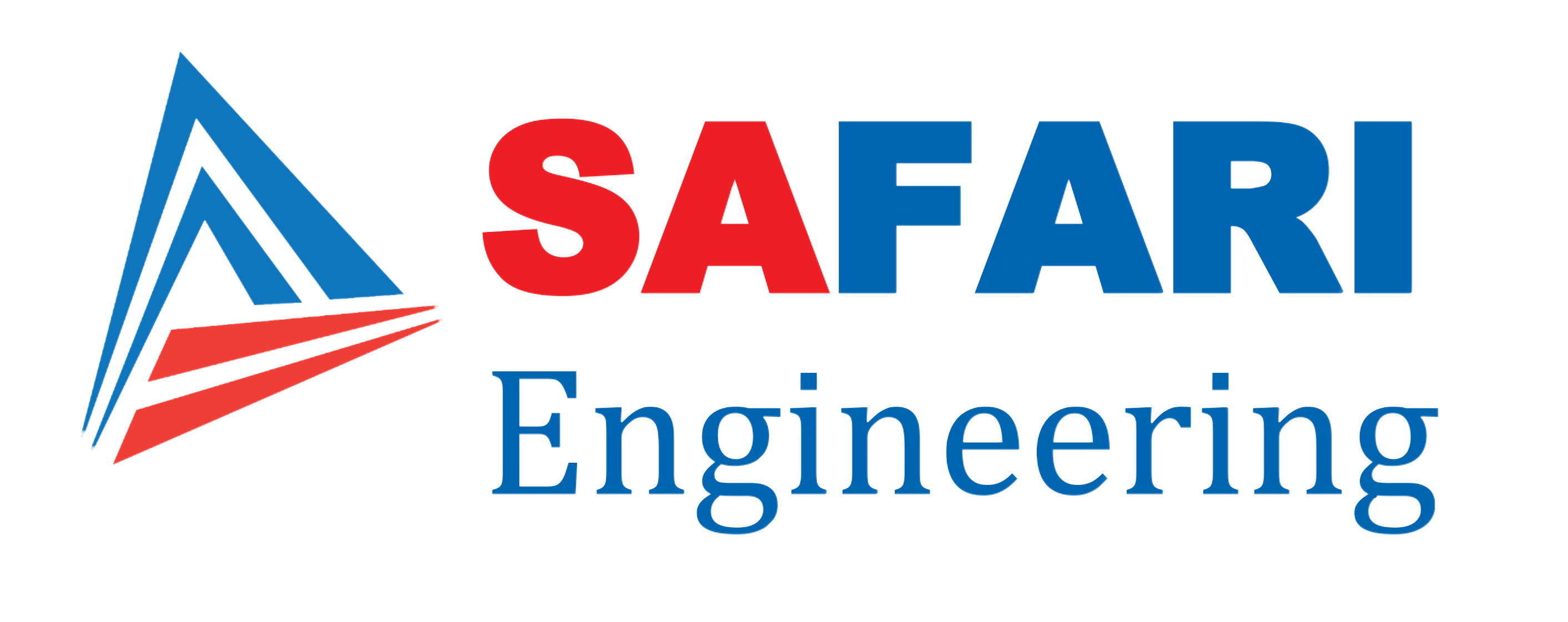What is Local Law 133?
Local Law 133 of NYC amended Local Law 84 and expanded the covered list of buildings to include those with a gross area between 25,000-50,000 square feet. As a result, owners of these mid-size buildings are now required to benchmark for energy and water efficiency as well.
Local Law 133 Deadlines
The deadline for Local Law 133 compliance is the same for that of Local Law 84 – May 1 of every year. A fully compliant benchmarking report is required to be submitted through the Energy Star Portfolio Manager® by this date in order to avoid violations and penalties.
Additional deadlines occur quarterly, so if you do not submit a report by May 1, you should do so by August 1. The following deadlines are November 1 and February 1 of the next year.
Local Law 133 Requirements
The main requirements of Local Law 133 include:
- Check the Covered Buildings List (CBL) annually for your property. Find the 2023 NYC Benchmarking Law CBL for 2022 data submissions here.
- Collect energy and water consumption data for your building(s), including utility bills, square footage, and other relevant information.
- Report your property’s energy and water usage data via the U.S. Environmental Protection Agency’s ENERGY STAR Portfolio Manager.
- Submit your annual energy benchmarking report to the NYC Department of Buildings (DOB). Upon completion, expect a confirmation email with an attached Excel spreadsheet. Address any error messages promptly by correcting and resubmitting until accepted.
Local Law 133 Fines
Non-compliance with Local Law 133 will result in a DOB violation and a $500 penalty each time a each time the benchmarking deadline is missed.

Frequently Asked Questions
Yes. Local Law 33 requires owners of buildings with a gross area of 25,000 square feet or more to obtain Building Energy Efficiency Rating labels on an annual basis to display near public-facing entrances. If your building is on the Covered Buildings List and is required to benchmark, you are also required to comply with Local Law 33.
It’s possible, but not necessarily. The covered buildings list might not include every single eligible building, so it’s worth double-checking the criteria for benchmarking and reaching out to the relevant authorities to be sure.
The only way to resolve a benchmarking violation is to pay the associated fine. To pay a benchmarking violation penalty, log into eFiling at www.nyc.gov/dobefiling and select Express Cashier Payments, Other Fees and Benchmarking Violation Fees. Payment can be made by eCheck or credit card, which includes a 2% service charge.
